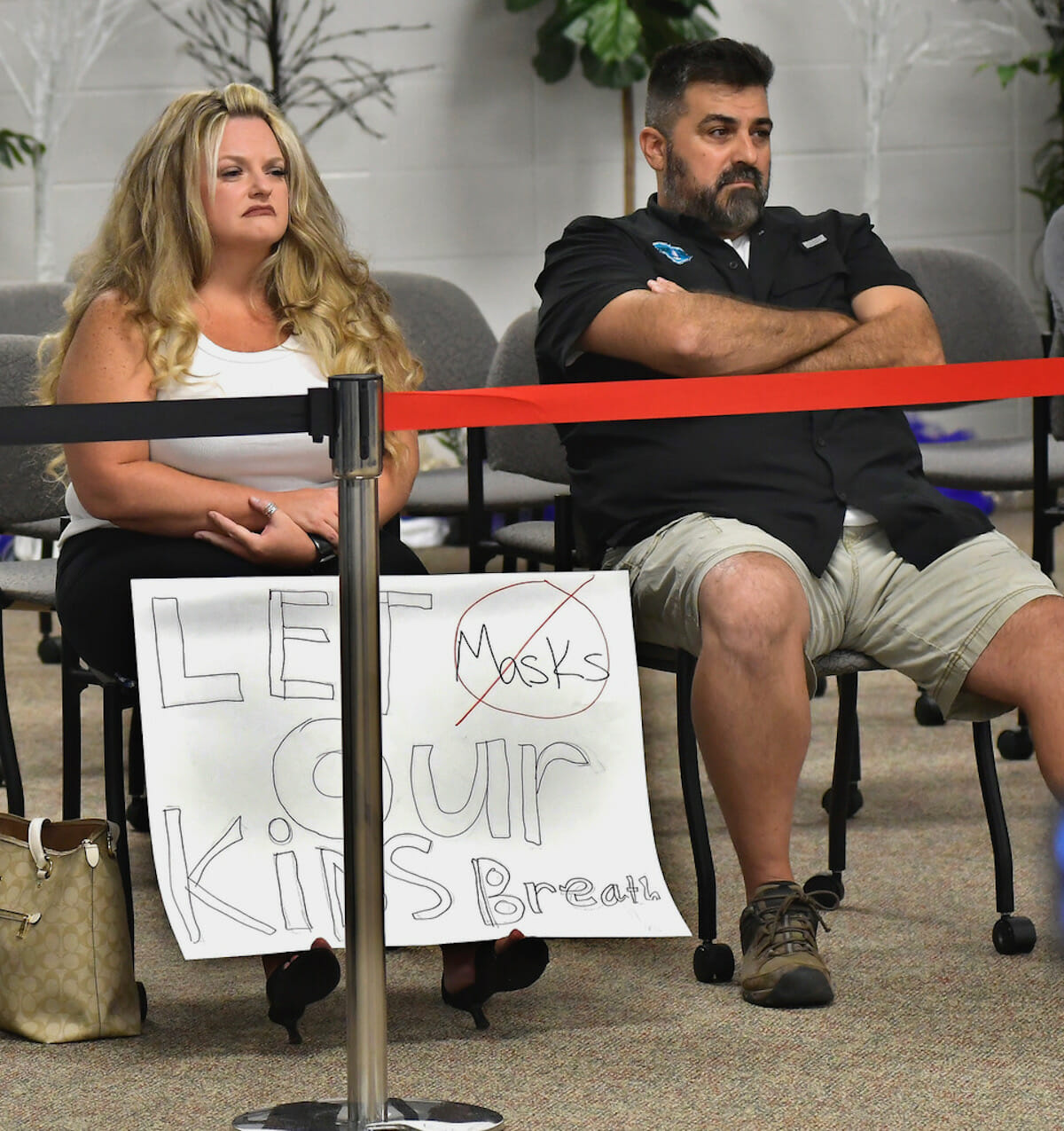Institutions of higher education around the world continue their planning to safely reopen this fall. The style of education will vary and most certainly will be written in sand, being subject to constant change, rather than being set in stone.
The binary model of fully in-person classes and fully remote learning is replaced by many hybrid variations, all designed to prevent the spread of infection and to accommodate illness. Professors will be expected to quickly and creatively adapt methodologies to their curricula, lesson plans, lectures, advising, experiential learning, and exams amid the presence of COVID-19.
Another campus challenge is student awareness and adherence to safety measures. Three of the most widely promoted safety measures during COVID-19 are hand washing, wearing a mask, and maintaining a social distance of six feet.
College life is a time of academic growth, communal living, and social exploration. More than ever, college campuses will need creative and collaborative assistance in implementing campus safety.
In preparing for student arrival, signage and mandatory video training are important measures of relaying information and providing resources, however, they may not be the most impressionable or effective techniques in promoting safety adherence.
One strategy I deployed as a college student advisor of sexual health advocates is peer-to-peer education. Fostering peer-to-peer education may equip educators with an additional tool to consider as the fall semester approaches.
The benefits I have observed by incorporating peer educators in sexual health may be relevantly transferable to COVID-19 safety, moving from a Safer Sex campaign to a Safer Six (maintaining social distance) campaign. Peers have the power to reinforce, inspire, and change behavior. Peers can be a vital way of disseminating information and peers can often be more effective influencers.
The American College Health Association (ACHA) recently completed a brief data report titled The Impact of COVID-19 on College Student Well-Being. In the study, professors emerged on top. Students reported that their “campus leaders have generally been supportive, especially professors.”
Professors, being viewed as especially supportive in the ACHA report, are poised to connect with students to encourage safety measures.
As a professor myself, I believe we should consider advising students on peer-to-peer education in practicing Safer Six. This collaboration can take many different forms. Students who are looking for a capstone project, field work, service-learning, research, or honors dimension may be particularly interested in teaming up with faculty.
By no means is peer-to-peer education a panacea for the COVID-19 challenge facing our college campuses. Rather, it is a tool to consider. With professors’ support, students can leverage these opportunities in an impactful manner.
Peer-to-peer education can benefit the campus community as it adjusts to the changing climate that COVID-19 created.
This fall semester holds many uncertainties. Through all the unknowns, there is one constant: the power of the student-professor relationship.
I encourage faculty to adopt lessons learned in peer-to-peer Safer Sex education to collaborate with students and explore the effective role peer educators may play in supporting the practice of Safer Six.
Dr. Alice Holland, PhD, APRN, CSE is a national certified family nurse practitioner and national certified sex educator. She is an Assistant Professor in the Department of Nursing and Health Professions at the University of South Carolina Beaufort
Exclusive content from CARE Magazine.






